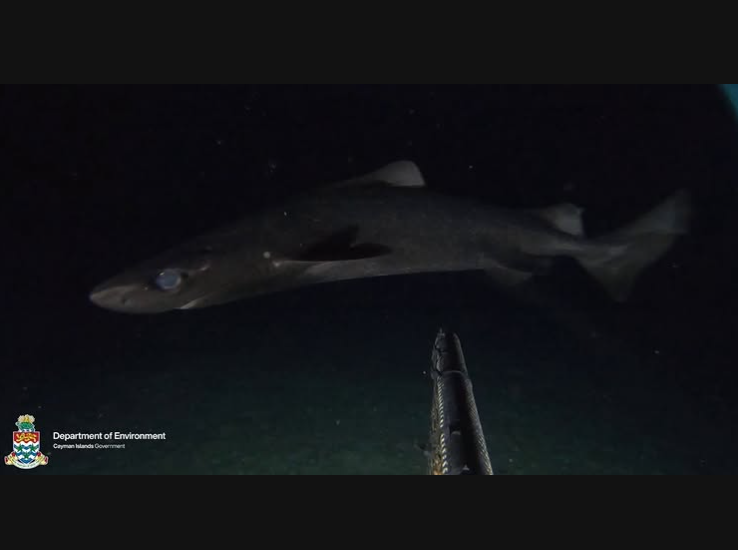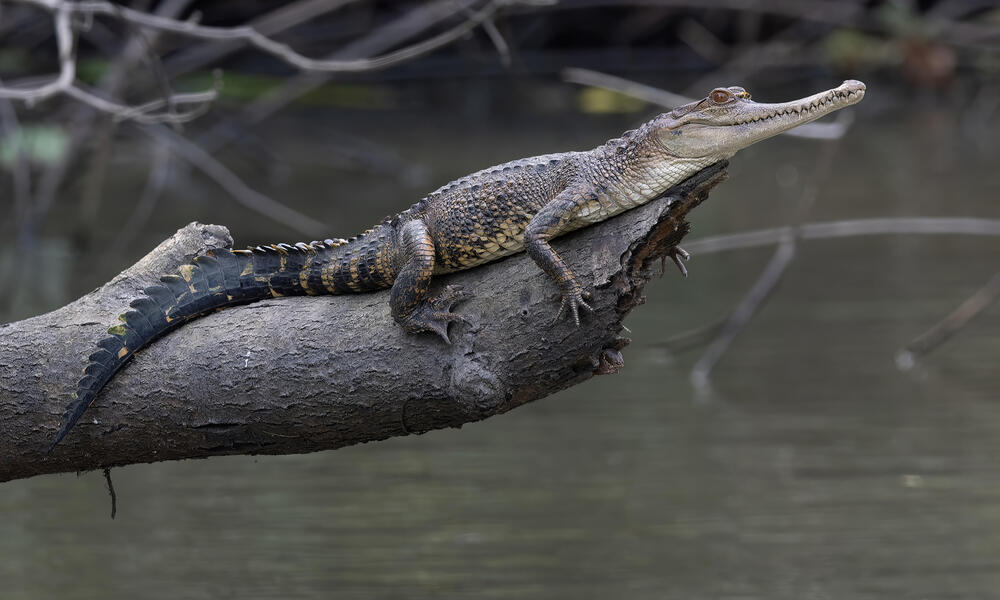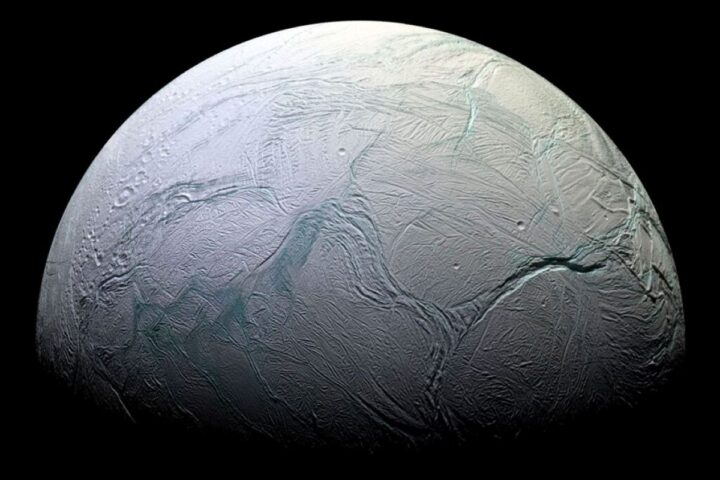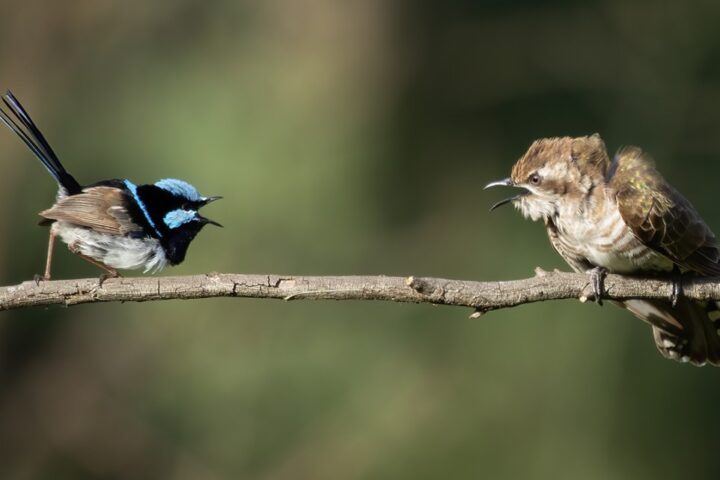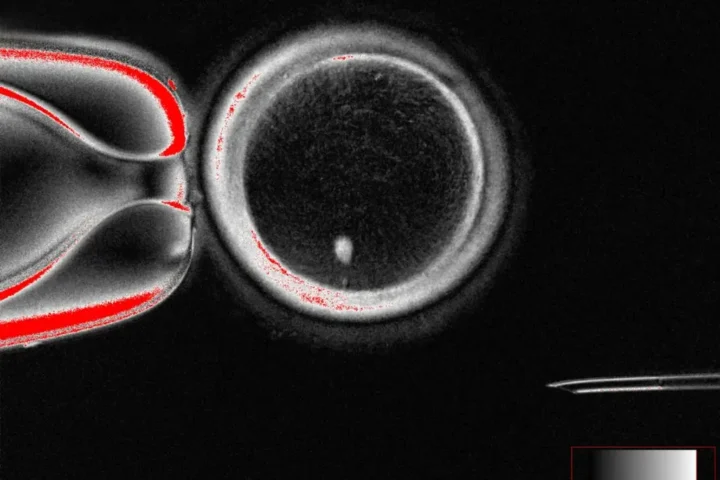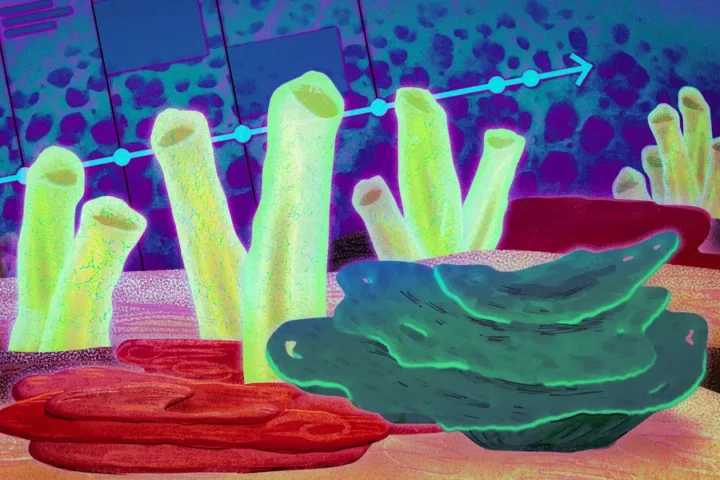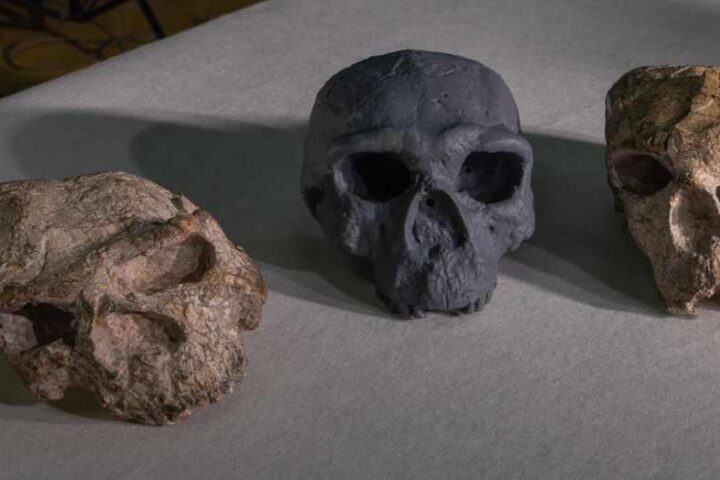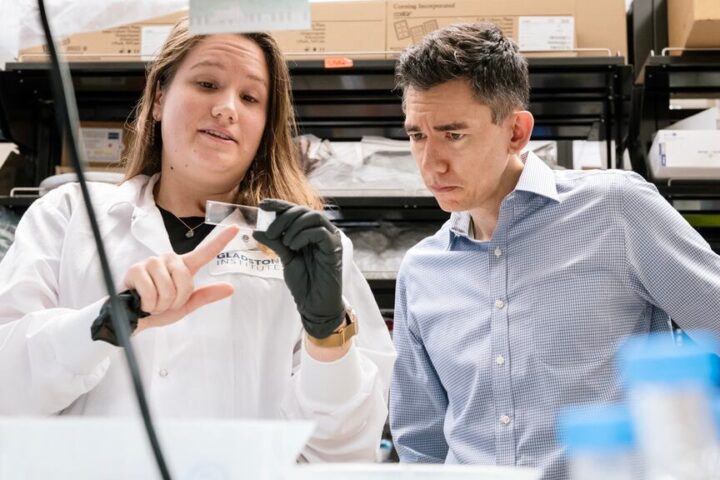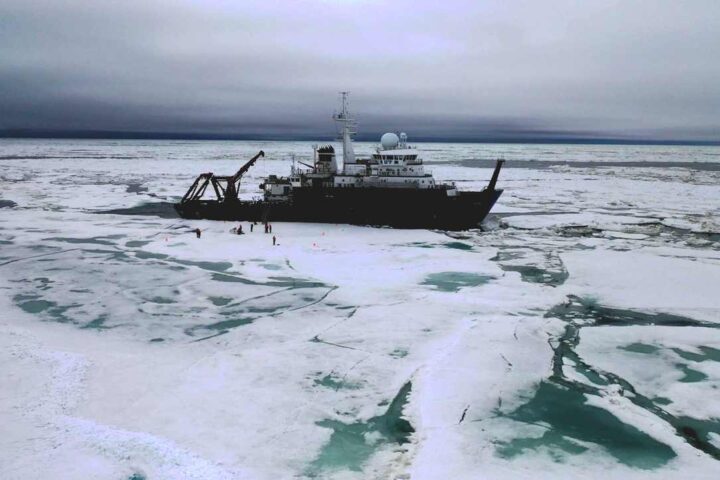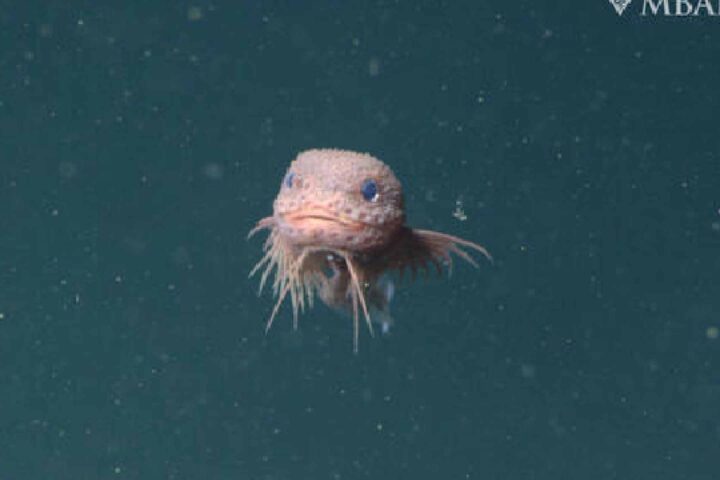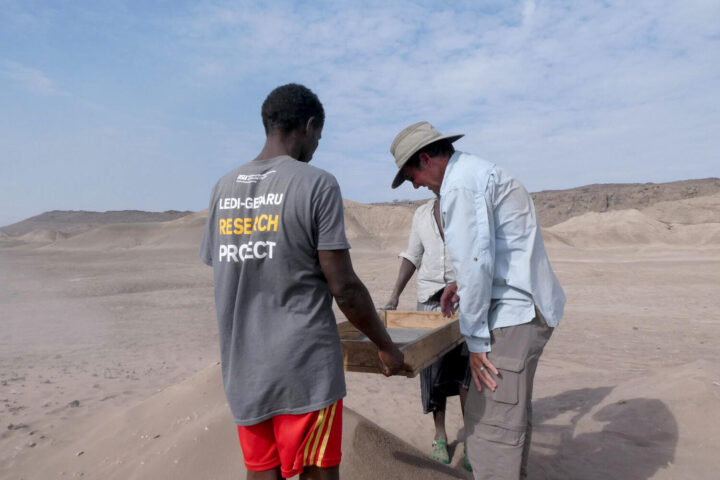In a remote corner of the Caribbean Sea, at depths where sunlight barely penetrates, scientists have recorded the first-ever live footage of the roughskin dogfish shark (Centroscymnus owstonii). The discovery occurred off Little Cayman’s coast, where researchers deployed specialized deep-sea cameras to study marine life at 1,054 meters below the surface.
The elusive predator, previously known only through dead specimens caught as bycatch, revealed itself through a series of 54 passes in front of the camera over 11 minutes. This observation marks the first confirmed sighting of the species in the central Caribbean Sea, expanding scientists’ understanding of its geographic distribution.
“What started as a shadow swimming just beyond the camera’s detection window soon transformed into clear footage of this cryptic species,” said lead researcher Olivia Dixon from the Cayman Islands Department of Environment.
The research team employed a deep-sea baited remote underwater video system (BRUVS), equipped with sardine bait to attract marine life. This non-invasive approach presents a stark contrast to traditional deep-sea research methods that often result in accidental catches and mortality.
The footage emerged from the first systematic investigation of deep-sea biodiversity in the Cayman Islands. The shark’s approaches to the bait provided researchers with unprecedented insights into their natural behavior.
Dr. Johanna Kohler, a marine biologist involved in the study, emphasized the practical implications: “Video-based systems like dBRUV allow us to study these creatures with minimal ecological disturbance, essential for understanding and protecting deep-sea ecosystems.”
The collaborative effort involved scientists from Beneath The Waves and the Cayman Islands Department of Environment, including Shannon Aldridge, Anne Veeder, Paul Chin, Teresa Fernandes, Timothy Austin, Rupert Ormond, Mauvis Gore, Diego Vaz, and Austin Gallagher.
Similar Posts
The Royal Society states: “Biodiversity is essential for the processes that support all life on Earth, including humans. Without a wide range of animals, plants, and microorganisms, we cannot have the healthy ecosystems that we rely on to provide us with the air we breathe and the food we eat.”
Published in the Journal of Fish Biology, these findings add the roughskin dogfish to the list of species documented in Cayman waters. The research team’s custom-built camera system, capable of operating at depths of 3,500 feet, remained submerged for hours, quietly documenting deep-sea life.
For marine conservationists, this discovery provides crucial data for habitat protection and species management. The footage offers insights into feeding habits and behavior patterns, information previously unavailable for this species.
The research continues as part of ongoing efforts to document and preserve marine biodiversity in the Caribbean region. Each new discovery strengthens the scientific foundation for conservation policies and marine protected areas.
